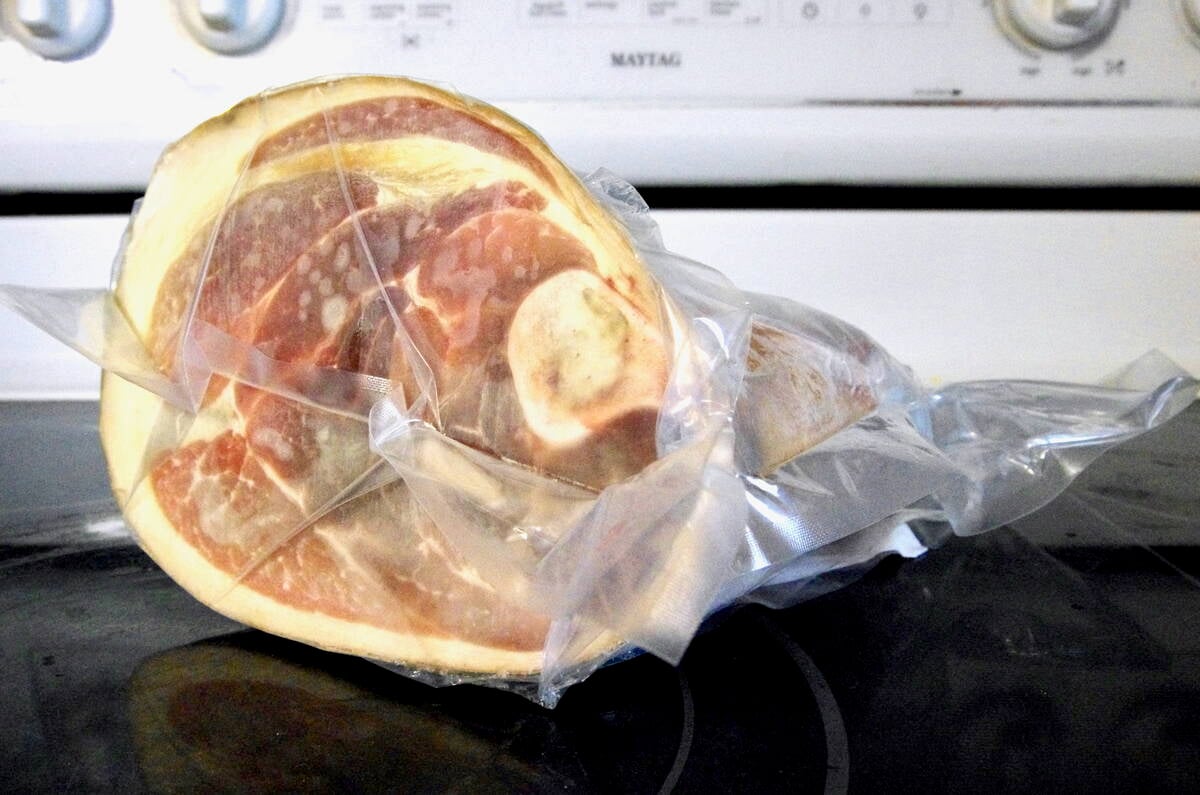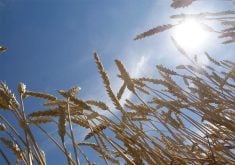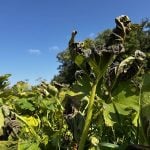The 1998 chickpea harvest might be in the bin, but producers can’t relax yet, says Ray McVicar, provincial special crops specialist with Saskatchewan Agriculture.
“Experienced chickpea processors are warning producers to closely watch their chickpeas in storage,” he said. “There could be considerable change in the results of the percentage moisture test over time, so the stored grain should be tested several times during the first few weeks.”
Chickpeas were grown on about 90,000 acres in Saskatchewan this year.
In many newly stored crops moisture levels have not yet equalized throughout the seed, so one test result may not provide accurate information for safe storage.
Read Also

Trade war may create Canadian economic opportunities
Canada’s current tariff woes could open chances for long-term economic growth and a stronger Canadian economy, consultant says — It’s happened before.
“For example, a moisture test of 15 percent would indicate the seed is dry enough, but the interior of the seed may still be soft.”
McVicar said producers should break open some seeds. If the seed is dry, the interior should snap. A soft and chewy seed interior can lead to spoilage.
Pulse crops such as chickpeas have large seeds that may need time for the interior moisture to equalize throughout the seed. This is known as “going through a sweat.”
This year’s chickpeas may be particularly susceptible to spoilage because many crops matured rapidly and were stored in the bin at high temperatures, he said. There is a strong possibility the seeds will sweat in the bin.
Avoid mould and other storage problems by using aeration to cool and dry the seed. Test with a moisture meter after aeration.
McVicar said a new chickpea moisture conversion chart for use with a moisture meter has been issued by the Canadian Grain Commission.
Copies of the chart are available by phoning CGC in Winnipeg at 204-983-3331. Saskatchewan Agriculture extension agrologists also have copies of the chart.
“The best quality kabuli chickpea is selling for about $15 a bushel, so it’s important to maintain this value,” said McVicar.














